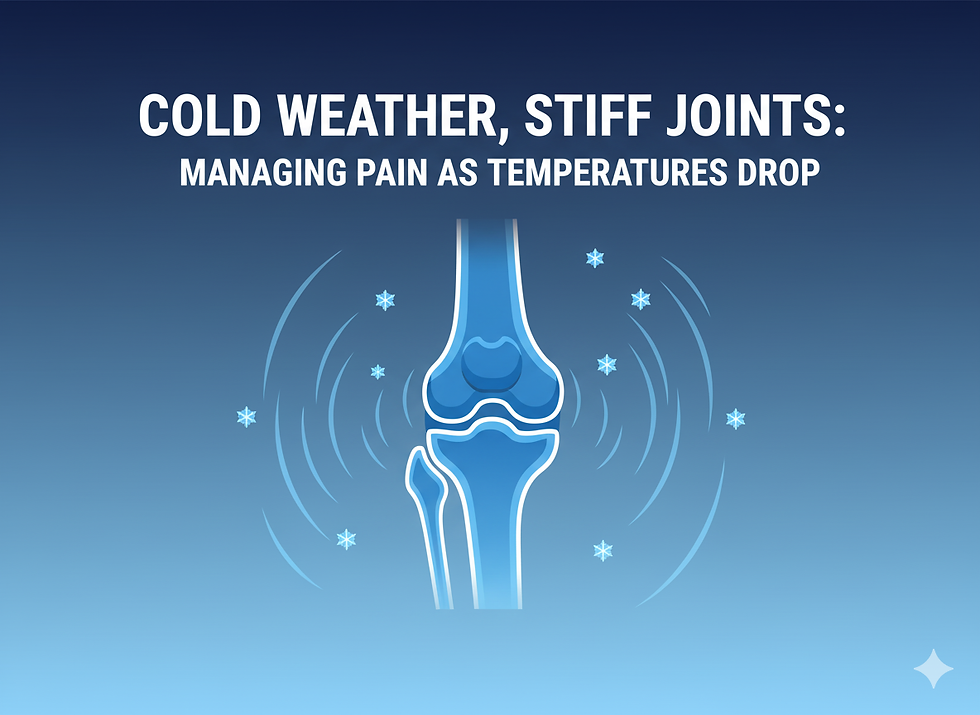3 of the Best Core Exercises You Should Be Doing When You’re Working From Home (and Why)!
- K-Town Physio

- Nov 4, 2020
- 3 min read
Updated: May 18, 2021
Let’s face it - our home work set up isn’t the best for our backs and necks.
We’re either sitting on a couch or at the kitchen table hunched over a laptop. More than likely, most of us will feel back pain at some point while working from home.

What’s the best way to avoid it?
One common myth is to add stretching into your daily routine. However, stretching is more likely to exacerbate the problem as it puts the low back further into a bent position (which is the position that it already in while you are sitting all day)!
Stretching will only make a bad back worse, instead, we should be working on our core muscular endurance.
We need to train the endurance of the muscles that support the spine.
Focusing on proper movement patterns and endurance of the core muscles has been shown to be the most effective prevention and treatment for low back pain.
Dr. Stuart McGill (who has dedicated his life to researching and effectively treating back pain) developed a series of exercises that work to promote spine stability and endurance.
What is “the Core”?
Your core is a complex series of muscles extending far beyond your abs and is required for almost every movement of the body.
True spine stability is achieved with a balanced stiffening from the entire musculature including rectus abdominis and the abdominal wall, quadratus lumborum, latissimus dorsi and the back extensors.

How can we properly engage the core?
The ‘abdominal brace’ stiffens all of these muscles and allows for spine stability.
To properly brace, relax the abdominals and push your fingers into the oblique muscles. They can be felt a hand-width away from your bellybutton. Gently stiffen the abs - you should feel your fingers being pushed out. You should NOT have any back movement when you brace.
3 Exercises to Get You Started
McGill created the “Big Three” series of core exercises to train stability of the core in every direction. Endurance is key to these exercises. To build endurance without fatiguing the muscle, we use a reverse pyramid rep/set scheme.
Start with a higher number of reps for the first set and decrease by 2 for each successive set (e.g. 6/4/2). Hold each rep for NO LONGER THAN 8-10 seconds.
1) The McGill Curl-up
Step 1: Lie down on your back. Have one leg straight and one knee bent (this puts your low back in a natural slightly curved position).

Step 2: Put your hands under the low back to maintain the natural arch of your spine (DON’T push your low back into the floor – this would put your back into the flexed or bent position that we are trying to avoid).
Step 3: Engage your abdominal brace without moving through your back. Pull your head, shoulders and chest off the floor while keeping your back in a neutral position. Keep your chin tucked. Hold for 8-10 seconds.

2) Side Bridge
Step 1: Lie on your side with your elbow underneath your shoulder and your knees bent to 90 degrees (you can also make this harder by keeping your legs straight).

Step 2: Engage your abdominal brace and then lift your hips off the floor. Try to maintain a straight line from your head to your knees. Hold for 8-10 seconds then switch sides.

3) Bird Dog
Step 1: Get onto your hands and knees and place your hands under your shoulders and knees under your hips.

Step 2: Engage your abdominal brace – again, don’t move through your back. Raise one arm forward and extend the opposite leg back. You should be able to do this without shifting your back to the side or rotating through the hips. If not, try just lifting one arm or one leg. Hold for 8-10 seconds each side.

These McGill “Big 3” exercises are a great start to help keep your back pain-free while you work from home.
If you are already experiencing back pain, come in and see one of our therapists who can help find the root cause of your pain and get you started on the path to a pain-free back and neck.
Written by: Joy Benn – Registered Physiotherapist
References
McGill SM. Ultimate Back Fitness and Performance (4th ed). Waterloo, Canada: Backfitpro Inc, 2009. (www.backfitpro.com)
McGill, SM. Back Mechanic: The step by step McGill Method to fix back pain. Backfitpro Inc. 2015 (www.backfitpro.com)
McGill SM. Low Back Disorders: Evidence Based Prevention and Rehabilitation(3rd ed). Champaign, IL: Human Kinetics Publishers, 2007.
Video/Exercises courtesy of Physiotec



